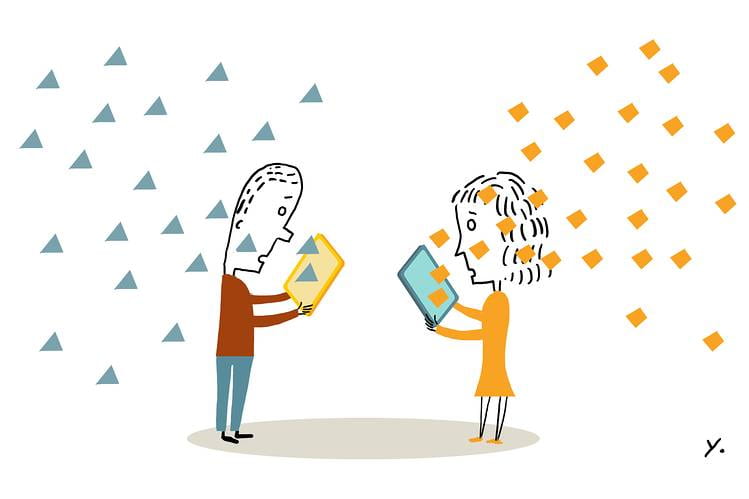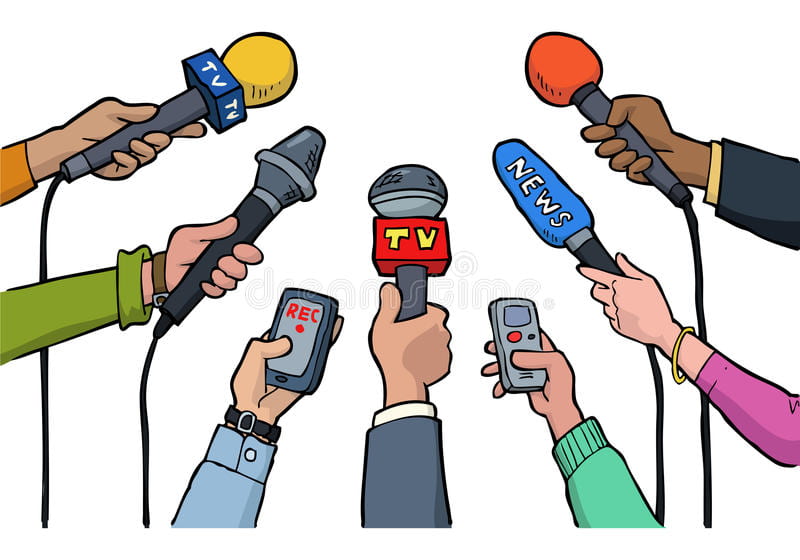During the COVID 19 pandemic there was lots of communication dissemination going on. Media personalities were exposed to a large amount of information, the majority of which was incorrect; this prompted the need for ‘media literacy’. The critical need for this knowledge enables them to identify with the nature of the information around them by identifying the pieces that are credible and useful. This will protect them from misinformation, allow them to control what they listen to, watch, or write, and lead to media independence. Information about media literacy empowers people to think critically, identify misinformation, and use the internet safely and responsibly.

The global public health emergency responses during the first phase of COVID 19 pandemic necessitated the recycling of research from previous studies. Steensen (2021), reported findings 18 months into the pandemic on “News from the desert,” an actor network and auto ethnographic study of how COVID disinformation has thrived among the communities left behind by journalism. In the absence of regional journalism, this included opportunities for unexpected actors to take charge of local public discourse. This emergence, combined with the lack of a recognisable editing process, has allowed misinformation about the virus to thrive, a phenomenon termed as ‘infodemic’ by the World Health Organization (WHO). As reviewed under the international field of media literacy and Media Studies to assess its capacity to oppose fake news (Fowler-Watt and McDougall, 2019, McDougall, 2019).
The terms ‘misinfodemics’ and ‘infodemics’ have been proposed to describe the processes by which misinformation can fuel disease spread (Gyenes, 2018). People may lack the necessary health literacy – the ability to acquire, comprehend, and apply health-related information – to recognise false information about the pandemic, take appropriate precautions and protective measures, and thus avoid unnecessary risks of virus infection or spread (Paakkari, 2020). It is a ‘creeping crisis’ (Boin, 2020), in which a threat to life-sustaining systems evolves over time and space, making it difficult for governments and scholars to trace and respond to any of the misinformation.

In the context of a crisis such as the coronavirus pandemic, people may become vulnerable due to the spreading of false or harmful information when they believe in false information about hazards or crises and therefore act in ways that put themselves or others at risk. This leads to ‘information disorder‘ where one receives too much or conflicting information and hence are not able to decide what is important, or what is accurate or not, and are therefore more likely to fall victim of pranks and scams or regarding correct information about hazards as false (e.g., because they believe the sender is not trustworthy) and therefore act in ways that put themselves or others at risk, also one suffer from hate speech, harassment, or leaks/violation of privacy (Hansson et al., (2020). There is potential of media literacy to offer potential to misinformation as established by Hobbs (2017).

Therefore, Governments and health organisations are understandably concerned about the rise in pandemic-related misinformation and are attempting to devise a variety of policy responses (UN, 2020; European Commission, n/d; WHO, 2020). Feigenbaum et al. (2021) are looking into the visual representation of information in web-based comics on social media platforms. The practices of media literacy at work in the visual representation of public health messages, as well as their reception by readers, are addressed.
REFERENCES
Boin, A., M. Ekengren, and M. Rhinard. 2020. “Hiding in Plain Sight: Conceptualizing the Creeping Crisis.” Risk, Hazards & Crisis in Public Policy 11 (2): 116–138.
Feigenbaum, A (2021) Comics in the Time of Covid-19: https://www.covidcomics.org/ahrc-project/
Fowler-Watt, K and McDougall, J. (2019) ‘ Media literacy versus fake news: fact checking and
verification in the era of fake news and post-truth.’ Journalism Education 8(1): 60-69.
Gyenes, N., and A. X. Mina. 2018. “How Misinfodemics Spread Disease.” The Atlantic.
Hansson, S., K. Orru, A. Siibak, A. Bäck, M. Krüger, F. Gabel, and C. Morsut. 2020. “Communication-Related Vulnerability to Disasters: A Heuristic Framework.” International Journal of Disaster Risk Reduction 51: 101931.
Hobbs, R. (2017). ‘Teach the Conspiracies’. Knowledge Quest, 46(1), 16-24.
Paakkari, L., and O. Okan. 2020. “COVID-19: health Literacy is an Underestimated Problem.” The Lancet. Public Health 5 (5): e249–e250.
Steensen, S. (2021) Dealing with Covid in news deserts: How pandemic-related news and
(mis)information flow in local communities left behind by journalism. Presentation to the Science,
Health and Data Communications Research Group, Bournemouth University, 26.5.21.
UNESCO(2020) UNESCO MIL Alliance response to COVID-19: https://en.unesco.org/themes/mediaand-information-literacy/gapmil/covid19.
